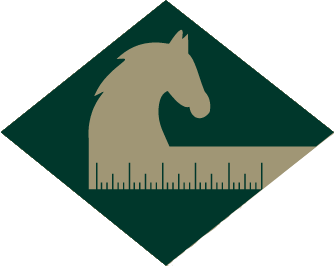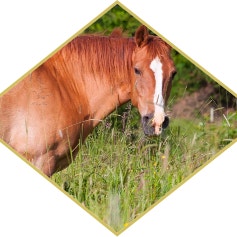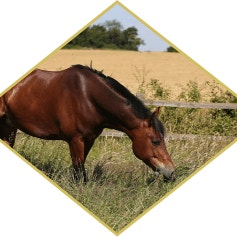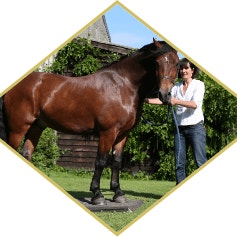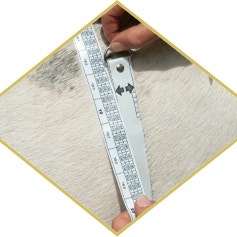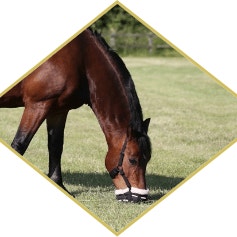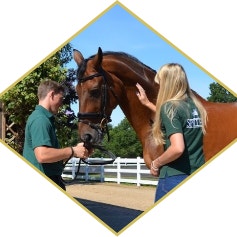The SPILLERS Slimmers' Club
Join our friendly group on Facebook providing practical support and camaraderie for owners of overweight horses and ponies, to aid them on their weight loss journey.
Worried About Weight?
Do you have a horse or pony who only needs to look at a blade of grass or a strand of hay to pile on the pounds? It can be a challenge to restrict calories whilst ensuring they still get enough fibre to keep them happy and their digestive system healthy.
We are here to help!
Click on the links below to access lots of useful information and advice
to help your horse or pony become a SPILLERS Slimmer:
